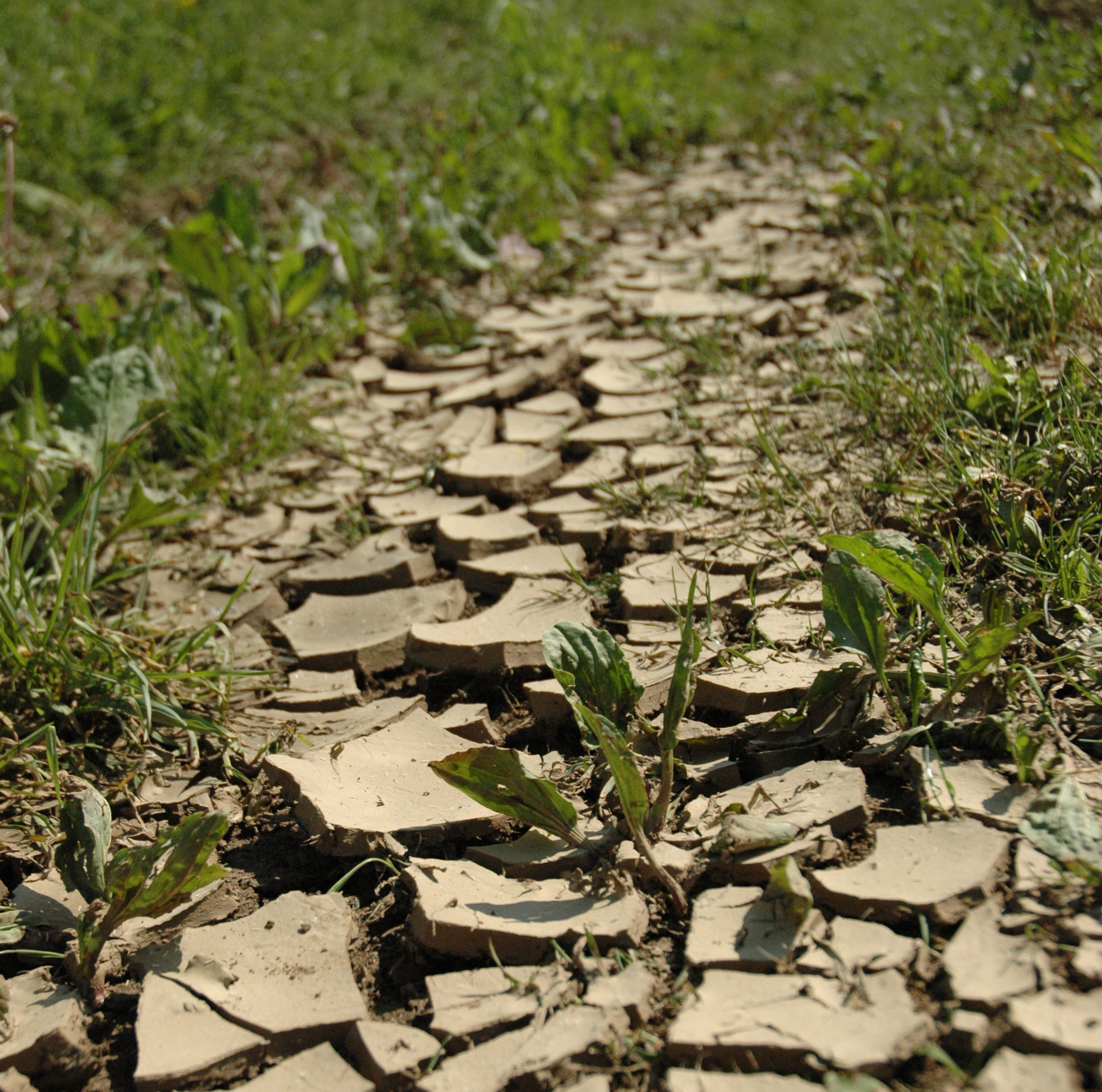Each year the garden centres are brightened up by beautiful houseplants and bulbs to cheer us up as gardening becomes less appealing! Cathie Welch takes a look at one of her favourites, the Christmas Cactus.
In fact this is not a cactus at all but instead an epiphytic succulent which in it’s true habitat grows on trees as do some orchids do. It’s not hardy in this country so is grown as a houseplant. There are two main types grown commercially Schlumbergera truncate and S. x buckleyi which is a species cross. Sometimes you see them named as Zygocactus which is an old name and the one I learnt as a child. If you look carefully you will notice that the leaves vary and they come in an array of beautiful colours now
Caring for your ‘Christmas Cactus’
The reason it is so called is due to the fact that it is stimulated into flower by shorter days and lower temperatures so often naturally in flower at this time of the year. Don’t be surprised it flowers again in the spring when the day lengths are the same again. Then they are sold as Easter cacti.
One of the most important things to know is that they form their buds in the autumn and these can drop off due to changes in temperature such as buying your plant and bringing it home. This can be very annoying but it will adapt to its new environment. After flowering allow it to rest and it can even go outside in the summer. Ideally pot up into cactus compost of a mixture of potting compost with horticultural grit/sand. They need light but not scorching sun as they can shrivel and burn. Remember in the wild they are amongst trees so dappled sunlight best.
Propagation
If you are successful with your plant it will reward you by growing bigger and producing may flowers each year. If the plant becomes congested you can prune out old branches and propagate from the young shoots. Make sure you cut to include full leaves and allow to dry. Pot into free draining compost and place on a light windowsill or in a greenhouse. These should root in a few weeks and then you have Christmas gifts for all your friends and relatives!
CGS Courses
Christmas gift vouchers available for consultancies and workshops.
The course running from January through to Easter is pruning in your gardens and mine but we also do some plant identification on wet days.
Please do come and meet me to discuss courses, volunteering and anything else garden related!
Website www.cathiesgardeningschool.co.uk













